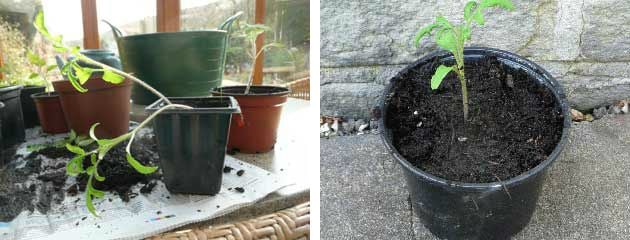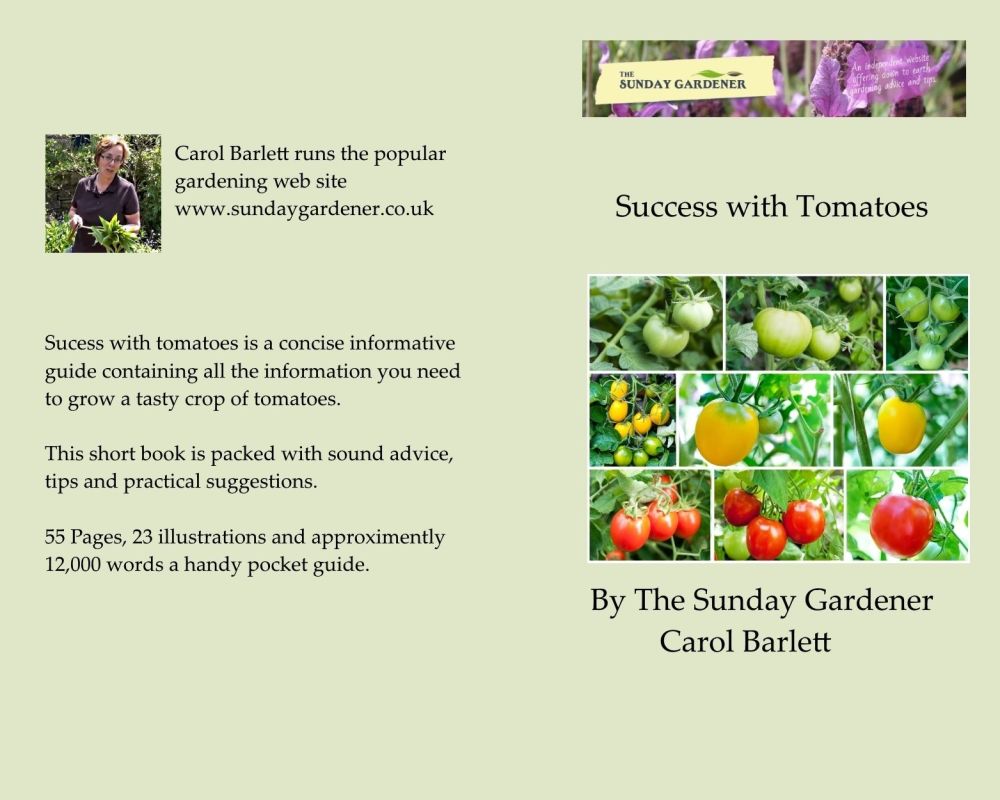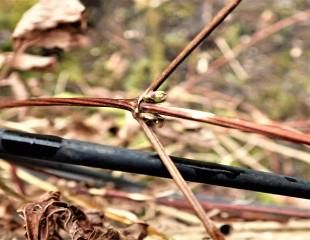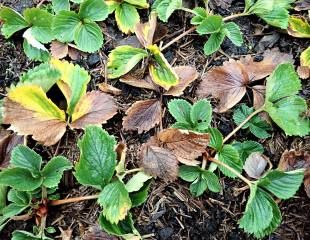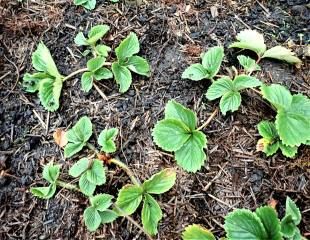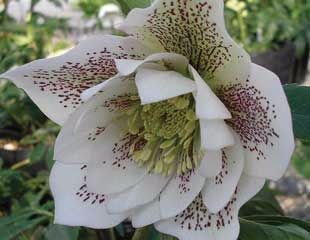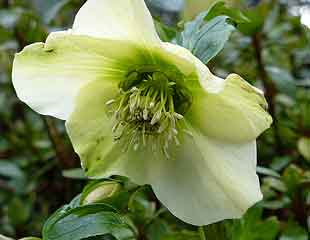It's not too late to sow tomatoes
Posted on
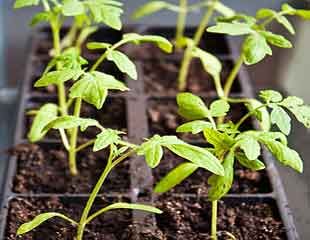 |
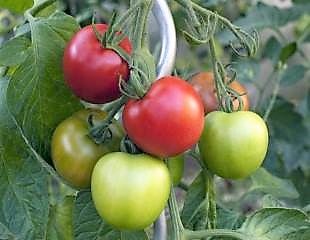 |
|
It is not too late at the end of March/early April to sow tomatoes. If you do sow now, which is a little later in the season, it is best to pick the smaller varieties of tomatoes. Basically, the larger the tomato, the longer growing season it needs to come to fruit and ripen, so the small cherry types are good to sow now. For best results fill up a seed tray or small pots with seed compost and press down gently to remove any air pockets. The reason for this is that if roots find themselves in air instead of soil, especially young delicate roots, the root may die which could be critical in the early stages. Place a few seeds per pot or in the tray and cover very lightly with compost, mist gently with water. Place in a warm sunny spot such as a heated greenhouse, conservatory or window sill. Seedlings can get leggy, especially if grown where the light is all from one side, such as on a window sill. The seedling is drawn to the light and becomes long and leggy, as in the image below. This can be remedied by repotting the seedling deeper into the soil which will give only a small study stem above ground. The images below what to do if your seedling is too leggy. The image on the left is the leggy seedling and then on the right re potted. Once the seedlings are mature pot on and then check How to Grow Tomatoes which is packed with growing tips and advice to get a tasty crop. Or you can splash out on the Sunday Gardener's short book "Success with Tomatoes" which is a comprehensive guide to growing tomatoes.
|
|
